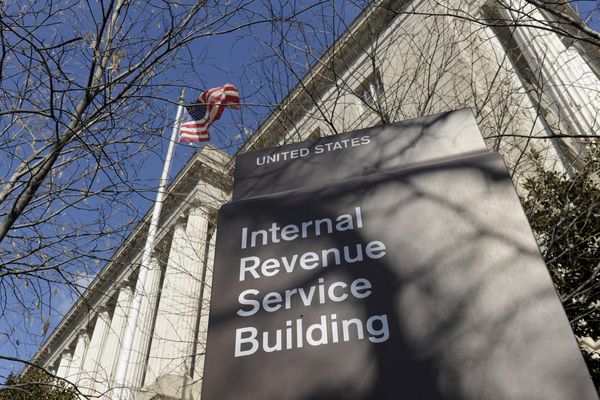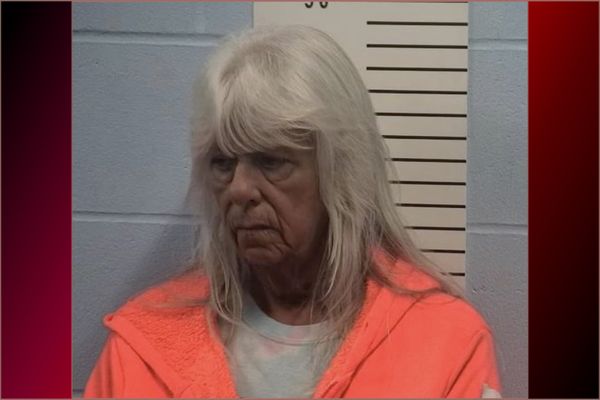
Eloise Robertson has been hit so hard by this year's record pollen count that she has had to get a disabled sticker.
She normally hides from the open air at her home in Mawson. Doors and windows are shut and the air-purifiers are on. She has upped her medication.
But if she has to go out, she wheezes so badly that she fears she may have to go back into hospital.
"I've had to get a disabled permit because my mobility has been so badly affected - just walking to the car and I've been breathless."
Her difficulty is that she seems outwardly healthy so people look at her car suspiciously when she parks with the disabled sticker. "I have people check my car window."
An asthma attack happens when an allergen - like pollen - reacts on the body and makes the airways to the lungs get narrower and tighter. The sufferer finds it hard to breathe. And then finding it hard to breathe promotes panic which makes it even harder to breathe.
For Eloise, that can mean hospital. She was last in three months ago (which she regards as a good period of avoiding a bad attack) but often, she says, "it's in for a week, out for a week".
Another asthma sufferer, Caitlin Ross, said she felt like she was a phone battery that was running down: "I generally start my day fine enough but by 10am I feel like I'm at 30 per cent, and I struggle to get through the day.
"My body is working so hard fighting the invisible enemy of the pollen."

This year is the worst on record for pollen in the ACT.
In October and November, there were 19 "extreme pollen" days, the most recorded by Canberra Pollen.
And there is an added risk this year: pollen is so thick in the air that it has been landing on Christmas trees as they grow. People who have bought the trees have then come out in rashes.
One Christmas tree buyer known to The Canberra Times had an allergic reaction when she bought a two-metre tree from a farm on the weekend. She said she and her partner both developed rashes on their arms and neck after they brought the tree inside.
"It was unexpected, as neither of us suffer from allergies," she said.
"My partner does get hay fever, but I'm usually fine. But suddenly we were both scratching like crazy." The rashes eventually subsided. She said her two children were unaffected.
Australia's National Asthma Council recommends:
- Hose down your live tree before you bring it into the house to help to wash off the allergens
- If you notice increased asthma or allergy symptoms, move your tree outside
Allergy specialist Sheryl Van Nunen said: "Real Christmas trees like cypress and pine can collect high amounts of pollen from other plants before they are cut down, which can trigger asthma and hay fever symptoms once you bring them home."
"You can reduce the risks by simply hosing off the tree before you bring it in the house and letting it dry, as you will greatly reduce the amount of pollen and dust," Professor Van Nunen said.
She advised that even artificial trees need to be cleaned of any allergens which have built up.
"Artificial trees can be a safe alternative but, if used year after year, they accumulate dust or mould, which may be invisible to the naked eye.
"Even the most exciting part of the Christmas tree tradition - decorating - can put you at risk too if festive decorations have become dusty in storage."
On artificial trees, the National Asthma Council advises:
- Give it a good shake outdoors before you put it up inside
- Unpack your tree and decorations outside and vacuum them as you get them out of the box
- Wipe down your artificial tree, wreaths and ornaments with a damp cloth to remove the dust
- When you pack your tree and decorations away, use airtight plastic bags and sealed boxes so they collect less dust
We've made it a whole lot easier for you to have your say. Our new comment platform requires only one log-in to access articles and to join the discussion on The Canberra Times website. Find out how to register so you can enjoy civil, friendly and engaging discussions. See our moderation policy here.







